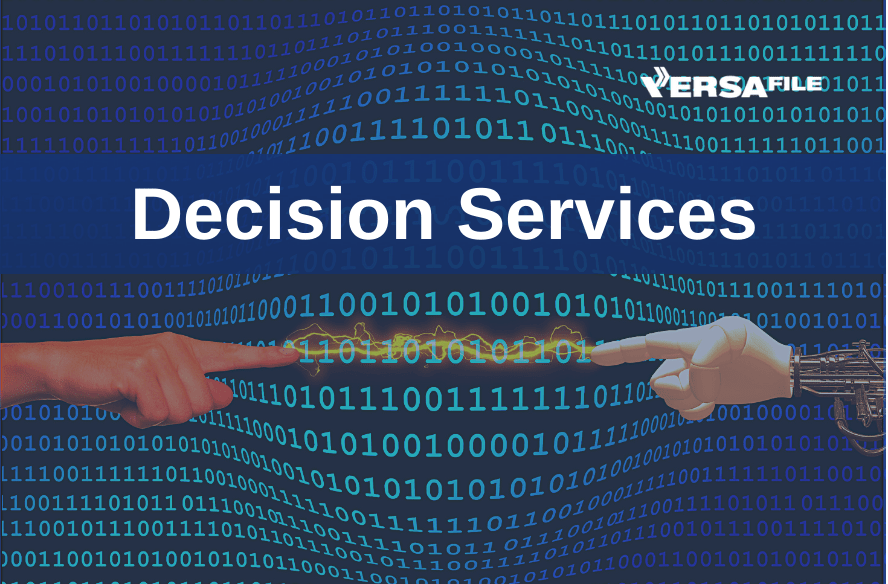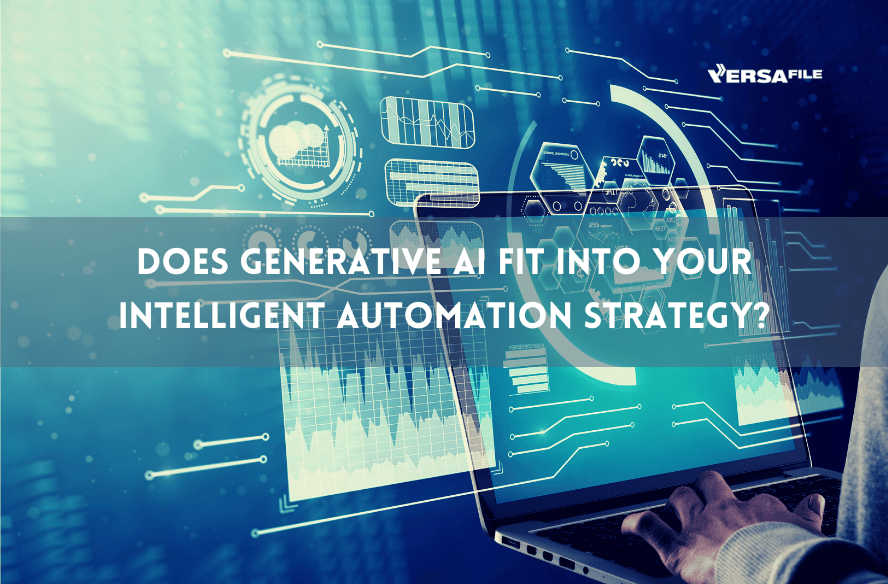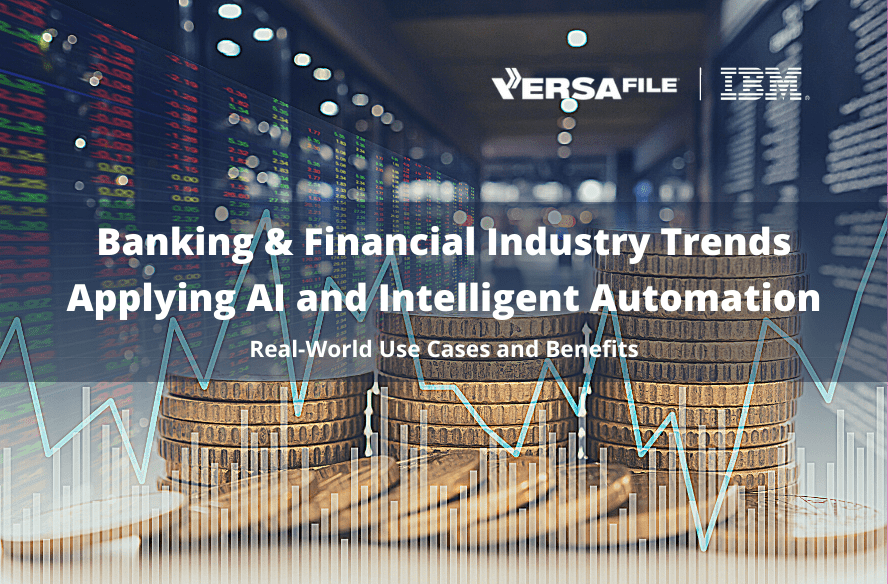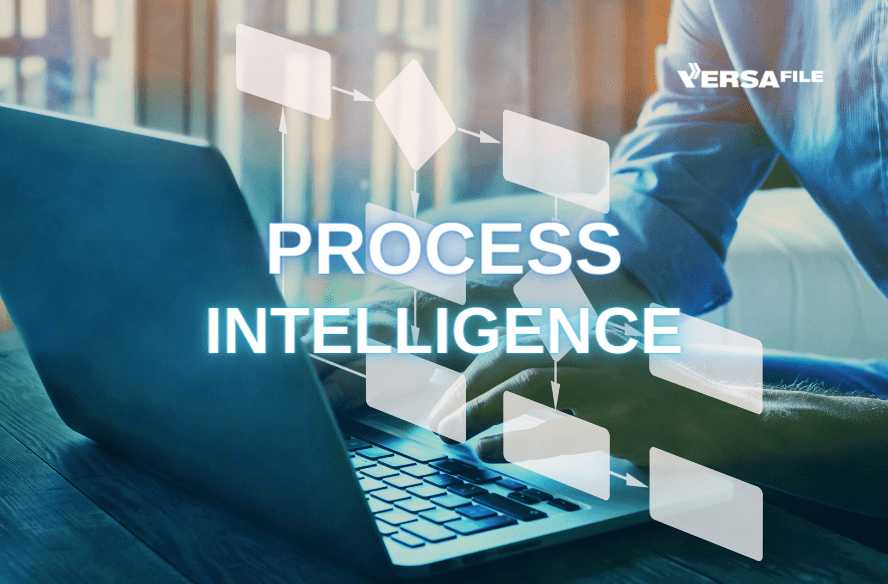Empower business users to create and manage business logic with decision services
Decisions, decisions. We’re getting to the point where there are more decisions to make than there are people to make them. According to Gartner, Inc., business decisions are getting more complex, involving more stakeholders and choices. Given the fast-changing context in which decisions are being made today, Gartner says the current status of decision making is unsustainable.
Building business rules to automate or help facilitate decisions have been part of workflow systems, application development and logic for years. Decision Management tools and rules engines have given businesses the opportunity to create and manage business logic to automate complex decisions outside of application code, resulting in significantly improved operational efficiency and agility for many organizations. By moving decision logic outside of code or workflow processes, managing decisions is more agile and adaptive and significantly easier to make changes as business logic changes for process, regulatory or other reasons.
When a business makes thousands or millions of decisions each day, it can benefit from finding more opportunities to automate. By reducing human dependencies in the decision-making loop, decisions can become more consistent while keeping up with the pace and providing greater auditability for compliance purposes. For example, new fraud patterns emerge regularly. The ability to apply new business rules quickly to detect new patterns enables organizations to quickly get ahead of evolving fraud techniques.
While Decision Management Tools can allow an organization to more effectively and manage complex business rules, they can have limits, as they can require technical skills to create and manage the business rules. While more efficient than building logic and rules into application code, IT can still get bottlenecked with requests, slowing down the pace of automation.
In addition, traditional Decision Management tools and rules engines don’t allow for nuanced decisions, that require analysis of historical data to provide context to formulate recommended next best actions. It is this nuance that leads to humans in the loop and often delays the overall decision process. With the volume of decisions increasing, organizations need more opportunities to automate more decisions with a platform that eliminates process bottlenecks with IT, empowers business users to create and manage their own rules, and the ability to turn automated recommendations into decisions.
Intelligent Decsion Services - The Next Generation of Automated Decision Managements
As Intelligent Automation evolves, there have been great strides in simplifying how business processes and decisions are automated through low-code/no-code interfaces and the infusion of AI in providing understanding and recommendations. This evolution is leading to the next generation of automated decision-making that empowers business users to create, validate, and manage decision logic through easy-to-use design tools. These tools do not require code or scripting, but instead are designed and managed through intuitive interfaces, empowering business stakeholders to more effectively, manage, and shorten the life cycle for implementing new business logic.
Another trend is integrating and enabling a higher level of automation by incorporating historical data and learning models, to provide both recommendations that a business user can act on, or to analyze a recommendation and make an automated decision based on a threshold.
For example, in a loan approval process, traditional Rules Engines or application logic would make a recommendation to a loan officer who would review the recommendation and either approve or reject it. Intelligent Decision Services, on the other hand, can determine a level of confidence in the application, analyze against historical data, and make a final decision. In this scenario, Decision Services business logic can be set up to approve any application that meets 80 percent or more of the loan criteria and match prior instances where the same criteria have been approved before.
Automating Decisions at Scale
Intelligent Decision Services enable scaling business logic with the ability to manage and govern 10,000s of rules to ensure that the right people have access to the right rules. For instance, with loan underwriting, lending officers across the organization can use the same business logic, making loan decisions fast, consistent, and fully compliant with lending policies. While key stakeholders and policy managers can review and update business rules as requirements or regulations change, validate and test the new rules, and then submit for deployment.
Ensuring compliance, decision services provide exceptional visibility into the past and present with a full audit trail. You can see what decisions are being made now in real-time, or you can go back to any point in time and learn when a specific automated decision was made, who contributed to making and changing the rules, the changes to the rules, and when the changes were made.
Full visibility into the past also enables organizations to mine data for insight. For example, you can run historical data through what-if simulations to see how a rule change would have affected outcomes. Intelligent Decision Services also capture operational data that organizations can mine to improve and further automate business decisions.
Infusing AI/ML into Automated Decisions
Artificial Intelligence / Machine Learning (AI/ML) can add another level of intelligent automation to decisions, making it easier for organizations to infuse ML into decision logic. Getting to this point can be a journey that requires maturity in pooling data for analysis, as illustrated by the progressive steps of the IBM AI Ladder:
- Collect: Make data simple and accessible
- Organize: Create a business-ready analytics foundation
- Analyze: data to build and scale AI with trust and transparency
- Infuse: Operationalize AI throughout the organization
Regardless of where your organization is on its data and AI journey, Intelligent Decision Services can dramatically shorten the life cycle for implementing new business logic. As your organization moves up the AI ladder, you’ll have more opportunities to leverage Intelligent Decision Services for faster, more consistent decisions at scale and automate one of the most critical aspects of your business.
Want to learn more about the technologies and tools you can use to empower your business users to create and manage business logic? Get in touch for a free Intelligent Automation First workshop to map the correct technology to the correct use case.






